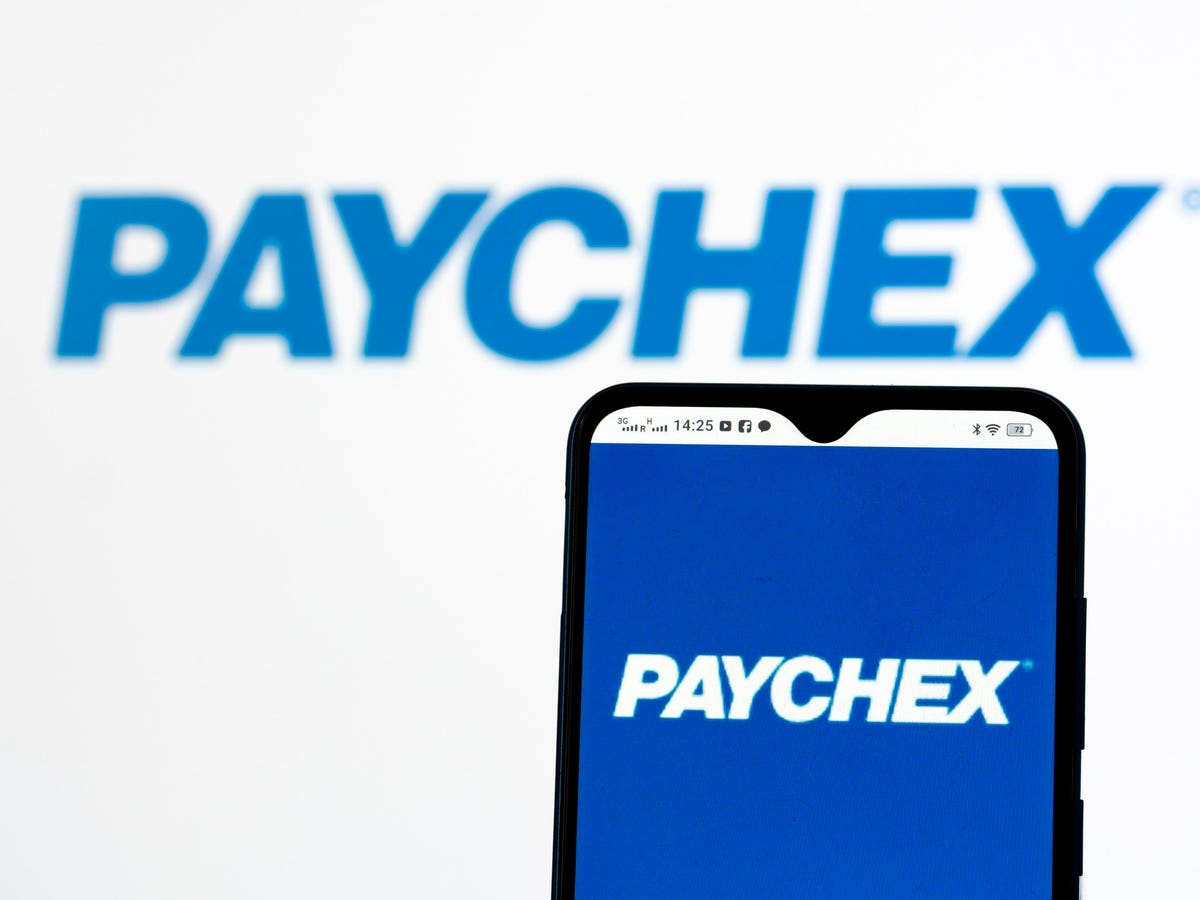Paychex stock currently trades at $111 per share, around 21% below its level of $141 seen on April 6, 2022 (pre-inflation shock high), and has the potential for sizable gains. Paychex
PAYX
Returning to the pre-inflation shock level means that Paychex stock will have to gain about 26% from here. While it’s possible that the stock may recover to those levels, we estimate Paychex valuation to be around $117 per share, about 5% above the market price. This is because the recent uncertainty in the financial sector has made investors concerned about a potential recession. Paychex’s business may see an adverse impact if the U.S. economy were to go into recession, with the job market possibly cooling.
Our detailed analysis of Paychex upside post-inflation shock captures trends in the company’s stock during the turbulent market conditions seen over 2022 and compares these trends to the stock’s performance during the 2008 recession.
2022 Inflation Shock
Timeline of Inflation Shock So Far:
- 2020 – early 2021: Increase in money supply to cushion the impact of lockdowns led to high demand for goods; producers were unable to match up.
- Early 2021: Shipping snarls and worker shortages from the coronavirus pandemic continue to hurt the supply
- April 2021: Inflation rates cross 4% and increase rapidly
- Early 2022: Energy and food prices spike due to the Russian invasion of Ukraine. Fed begins its rate hike process
- June 2022: Inflation levels peak at 9% – the highest level in 40 years. S&P 500 index declines more than 20% from peak levels.
- July – September 2022: Fed hikes interest rates aggressively – resulting in an initial recovery in the S&P 500 followed by another sharp decline
- Since October 2022: Fed continues rate hike process; improving market sentiments help S&P500 recoup some of its losses.
In contrast, here’s how PAYX stock and the broader market performed during the 2007/2008 crisis.
Timeline of 2007-08 Crisis
- 10/1/2007: Approximate pre-crisis peak in S&P 500 index
- 9/1/2008 – 10/1/2008: Accelerated market decline corresponding to Lehman bankruptcy filing (9/15/08)
- 3/1/2009: Approximate bottoming out of S&P 500 index
- 12/31/2009: Initial recovery to levels before accelerated decline (around 9/1/2008)
PAYX and S&P 500 Performance During 2007-08 Crisis
PAYX stock declined from nearly $41 in October 2007 (pre-crisis peak) to $22 in March 2009 (as the markets bottomed out), implying that PAYX stock lost almost 46% of its pre-crisis value. It recovered post the 2008 crisis to levels of around $31 in early 2010, rising roughly 41% between March 2009 and January 2010. The S&P 500 Index saw a decline of 51%, falling from levels of 1,540 in September 2007 to 757 in March 2009. It then rallied 48% between March 2009 and January 2010 to reach 1,124.
PAYX Fundamentals Over Recent Years
PAYX revenues have risen from around $4 billion in 2020 to about $4.6 billion in 2022, as the company expanded its client base and billings despite the pandemic. Net income rose from around $1.1 billion in 2020 to about $1.4 million in 2022 as the company’s margins increased with customer retention also picking up.
Conclusion
With the Fed’s efforts to tame runaway inflation rates helping market sentiment, we believe Paychex stock has the potential for gains once fears of a potential recession are allayed.
What if you’re looking for a more balanced portfolio instead? Here’s a high-quality portfolio that’s beaten the market consistently since 2016.
Invest with Trefis Market Beating Portfolios
See all Trefis Price Estimates
Read the full article here



